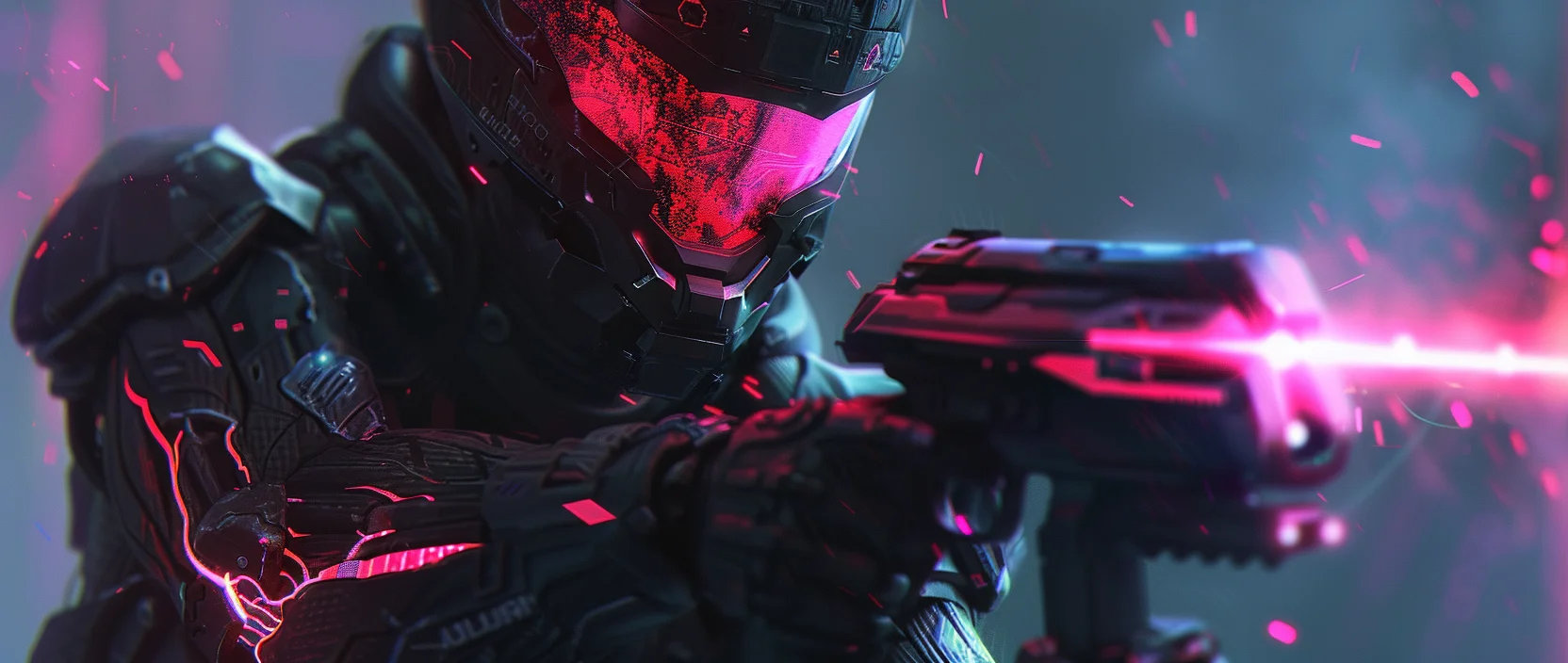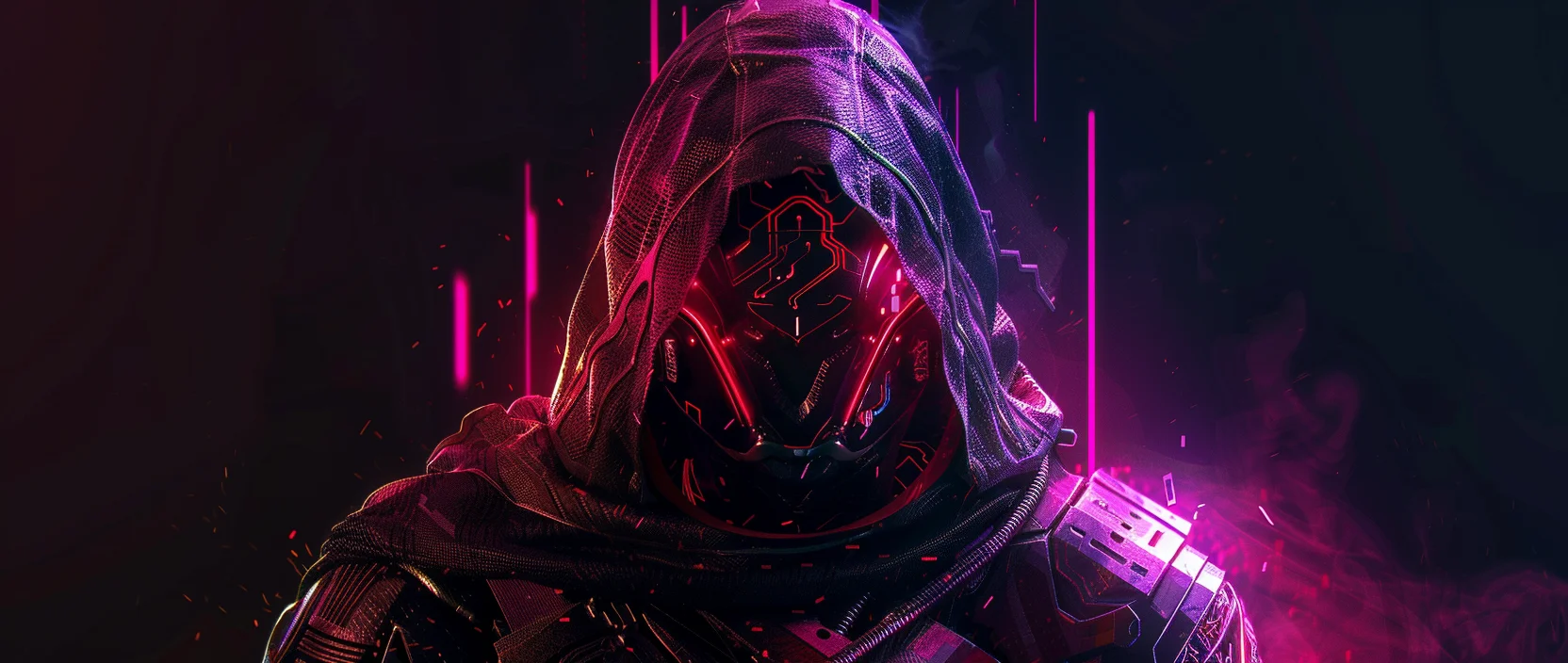MetaCene Universe is an ambitious next-generation MMORPG with Web3 integration, combining immersive gameplay, decentralized governance, and blockchain-based digital ownership. The game unfolds in a dark post-apocalyptic world enriched with AI-driven scenarios, NFTs, and a multi-layered economy where users themselves play a central role. The project was created by experienced developers who previously worked with Blizzard and Perfect World, and is backed by major investors from the crypto industry. MetaCene aims to redefine the relationship between entertainment, economy, and community in the metaverse.
Contents
- Overview of MetaCene Universe
- Game Technology and Infrastructure
- Gameplay and Mechanics of MetaCene Universe
- Game Economy and NFTs
- Community Governance and Co-Creation
- Roadmap and Future
- Conclusion

1. Overview of MetaCene Universe
MetaCene Universe is an MMORPG with Web3 elements where players immerse themselves in a post-apocalyptic world filled with dynamic storylines, NFT assets, and a decentralized governance system. Unlike traditional MMOs, it combines PvE missions, procedurally generated dungeons, and large-scale PvP battles where thousands of users can participate simultaneously. The atmosphere of a collapsed civilization encourages exploration, resource competition, and the creation of new social structures through blockchain tools.
The project is developed by Pangu Software, which has assembled a team of industry veterans. This gives the game both genre familiarity and high implementation quality. Its multichain architecture, which includes Rangers Protocol and Ethereum, allows the use of different NFT collections while reducing transaction costs. As a result, MetaCene serves not only as a game but also as a digital ecosystem that evolves alongside its community.
2. Game Technology and Infrastructure
The technological foundation of MetaCene Universe is built on a multi-blockchain infrastructure. At its core lies Rangers Protocol with Ethereum NFT support, providing low latency, cross-chain interactivity, and compatibility with key Web3 standards. For an MMORPG, this is critical: transactions are processed quickly with minimal fees, while players can seamlessly transfer digital assets across different networks.
In addition, artificial intelligence plays a central role. NPCs respond dynamically to player actions, storylines evolve in real time, and procedural dungeons generate unique scenarios for each playthrough. Moreover, AI is also leveraged by players to create skins and quests that become part of the shared narrative. This establishes a “living world” that continuously evolves alongside its community.
| Technology | Function | Advantages |
|---|---|---|
| Rangers Protocol | Blockchain base with NFT and token support | High transaction speed, Ethereum compatibility |
| Ethereum NFT | Standard for tokenizing in-game items | Transparency, liquidity, cross-platform use |
| AI Systems | NPC behavior, quest and skin generation | Dynamic storylines, unique playthroughs, player engagement |
| Procedural Dungeons | Creation of unique game maps | Endless variety and replayability |
Thus, MetaCene integrates cutting-edge blockchain tools and AI into one cohesive system. This combination ensures secure transactions and fair gameplay while providing innovative experiences for players. Users can own unique digital assets, influence storylines, and interact with an ever-changing virtual world. This approach transforms the game from a classic MMO into a hybrid metaverse where user-driven economy and creativity form the foundation of growth.
3. Gameplay and Mechanics of MetaCene Universe
The MetaCene Universe is designed around deep player engagement. It combines traditional MMORPG features with new opportunities brought by blockchain economy and social interaction. Players enjoy full freedom of choice: completing story missions, managing their own lands, or participating in massive PvP battles. This makes the project not just a game but a digital ecosystem where every action impacts the development of the world.
- Story quests and exploration: players uncover the universe’s lore, complete missions, journey through procedurally generated dungeons, and discover unique scenarios.
- Personal ownership: land systems allow users to build structures, run farms, and manage economic processes.
- PvP and guilds: large-scale battles form strategic alliances. Guilds fight for territorial control, and epic wars become part of the game’s history.
- Economy and marketplaces: users can run their own markets, trade resources, exchange NFT items, and build reputations within the community.
- Mining and resources: resource extraction requires balancing between safe low-yield areas and risky high-profit zones, adding strategic depth.
This gameplay structure makes MetaCene a dynamic metaverse where explorers, builders, traders, and warriors coexist. Every player shapes their own path, and interactions create unique stories that strengthen the ecosystem. By combining PvE, PvP, and economic mechanics, the game organically merges entertainment with the value of digital assets, turning it into a full-fledged Web3 social space.
4. Game Economy and NFTs
The MetaCene economy is powered by tokens and NFTs. Players own assets ranging from land plots and equipment to weapons and collectibles. Key NFTs include Apostle NFT (MAN), the Cece Cube collection, and the upcoming Realms NFT, each unlocking unique features.
The in-game economy is based on several tokens:
- MUD — earned through crafting and resources, used for trading and upgrades;
- tMAK — a test token applied in gameplay activities;
- MAK — the main governance and staking token.
Additionally, owners of specific NFTs can earn a share of ecosystem revenue, enhancing asset value and motivating long-term engagement. Unlike traditional MMOs where items belong to the developer, in MetaCene they become part of player-owned property.

5. Community Governance and Co-Creation
MetaCene emphasizes decentralized governance and player-driven content creation. Through the DAO, users can vote on updates, introduce new features, or even define the cultural identity of servers. If a guild controls over 70% of a server, it effectively becomes a “guild state” with its own rules.
Players can establish in-game services, hire others through smart contracts, and collaborate on large-scale projects. This shifts the community from being a passive audience to active developers of the universe.
The CARRY system adds extra layers of interaction — mini-games, raffles, and item synthesis tied to ServerPass NFTs. This links gameplay, earning, and governance, making every participant a meaningful contributor.
6. Roadmap and Future
During development, MetaCene has already conducted several alpha tests, which showed strong community interest: thousands of active players, long gaming sessions, and significant transaction volumes. Upcoming milestones include the launch of Alpha V3 for PC and mobile, the release of Realms NFTs, content creator incubation, and the full 1.0 launch.
Special focus is placed on AI and DAO integration in the commercial release. The team’s goal is to build a world where players not only fight and trade but also shape the rules of the game. This approach ensures MetaCene remains a flexible ecosystem, adaptable to Web3 trends and community needs.
7. Conclusion
MetaCene Universe represents a bold reimagining of the MMORPG genre. Here, gameplay merges with a real digital economy, and players become not only participants but also owners and creators. With blockchain and AI, the game establishes a dynamic universe where every battle, decision, and NFT has lasting impact.
MetaCene demonstrates how traditional gaming mechanics can evolve into part of the global digital economy. By blending PvE, PvP, mining, crafting, and co-governance, the project creates a living world that grows with its inhabitants. For this reason, MetaCene can be seen as a future flagship of Web3 gaming and a clear example of how metaverses will become an integral part of digital reality.




